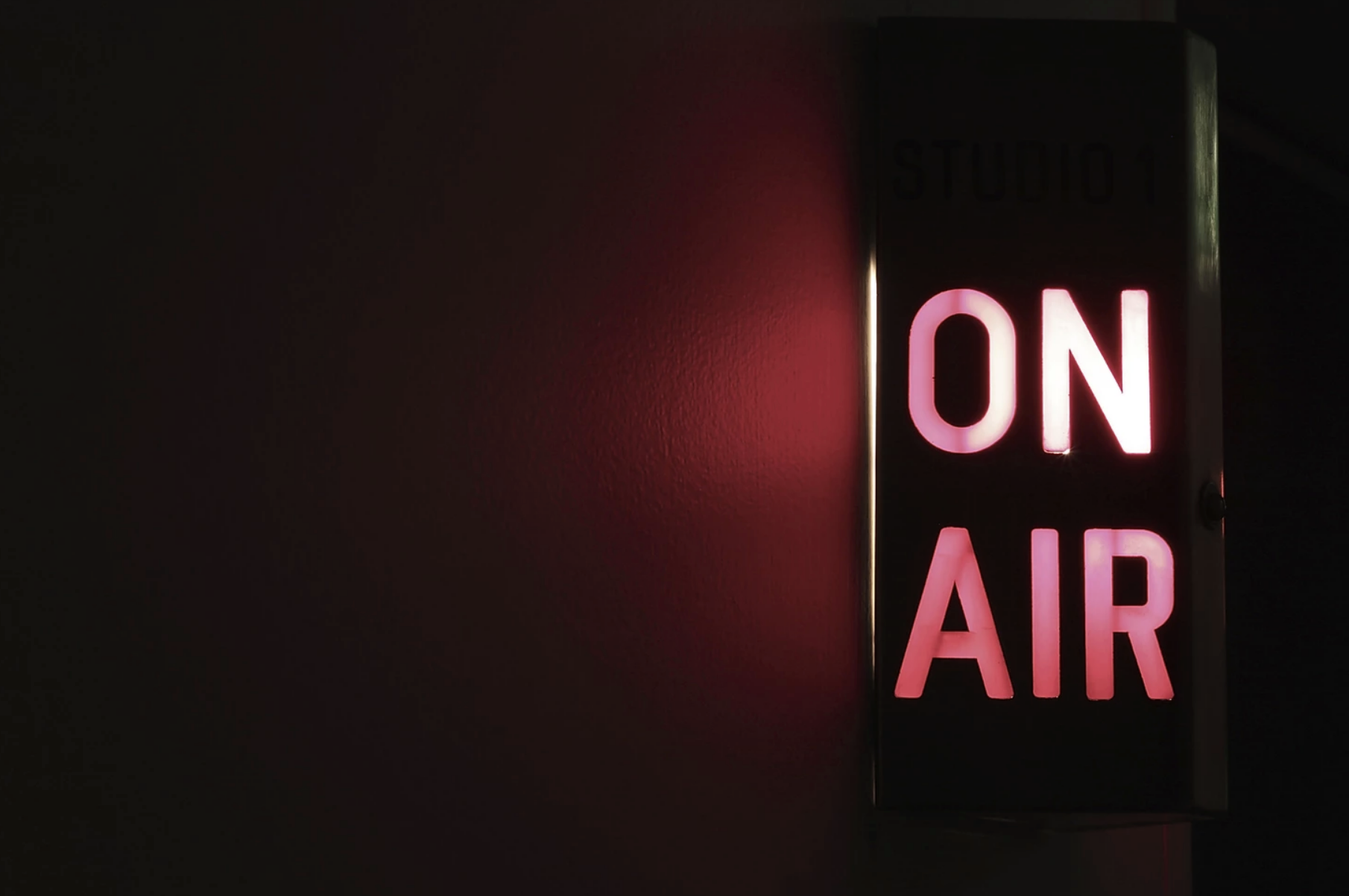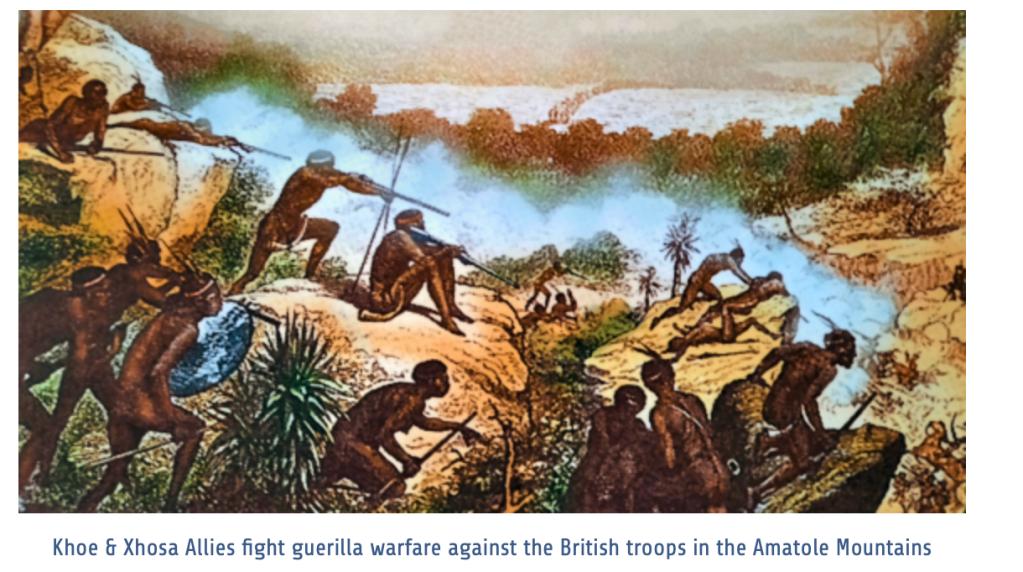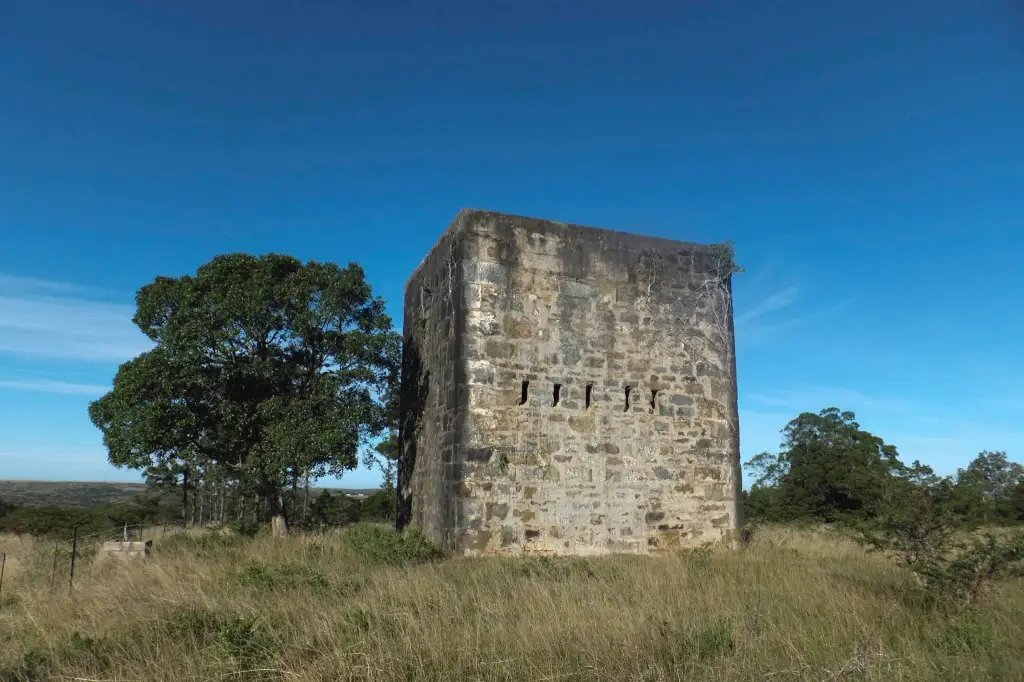It was a moonless night. The lightning flickered south of Johannesburg and revealed the outline of cumulonimbus which had formed 100 kilometres away, silhouetted and menacing. But even more menacing was the job at hand. Pass my night rating test. It was going to be a sweaty affair. And before your dark little imaginations run wild at the combination of sweaty & affair, let’s just say it would be 1.3 hours of intense concentration, swooping vertigo and un-tried glide approaches from overhead Lanseria airfield.

In a nutshell, I passed but you need to understand in this business, its not a boast.
It’s like surviving a marathon. Your body aches. Your mind races.
There were moments where things weren’t as accurate as I would have liked, and others where I had to repeat an intersection of a radio beacon. But all-in-all, things progressed well. Peter Armitage, the Grade II instructor, was conducting the test after Steve Wide had spent a few hours coaching me on the intricacies of flying an aeroplane at night.
From tight 45º turns, full panel failure in the dark (when all instruments are switched off and you fly listening to the sound of the engine and watching the position of the horizon), electric fire simulation and failure of all systems, stalls, dives, recovery from unusual attitude (close eyes, instructor puts plane into some kind of position wings down or up – open eyes and recover quickly), to landing without lights and PAPI switched off at Lanseria, it was tough folks.

The best moment by far was the glide approach from 2000 feet above Lanseria. It was around 21h30 local and a Kulula flight was approaching runway 07. We were overhead the airfield and Peter said “How do you feel about a glide approach from here?”
Being able to glide a plane at night from that position to safety on an airfield would be one of the big tests of the evening. “I would like to try.”
After clearing the exercise with the ATC, Peter pulled the power. We were now gliding 2000 Above Ground Level or AGL and I couldn’t see Lanseria. It was directly below. What I could see was the Kulula Airbus pass below on final approach. More lights twinkled across Joburg, and in the distance to the South East a commercial flight could be seen heading to OR Tambo at around 10 000 feet. Lightning continued to brighten the clouds to our South, a real attention grabber in the dark. I turned to the West and the airfield appeared off the right wing.
The plane was gliding at the best glide speed, 99 knots. As the vastly experienced pilot Russell Donaldson used to snort in derision, just glide at 100, its easier to read. Cirrus SR 20 registration ZS-JAB was descending at around 500 feet a minute. In around 4 minutes we’d be on the ground. I turned base leg, the threshold was now off the right wing. In other words, the runway was 90º to the plane to our right. Turning further I noticed the wind had shifted. It was all over the place last night. 19 knots from the North, then 10 knots from the South West as I began the descent. But as we sank it reversed! Nine knots from the north again. I had to change course and there the runway appeared off the nose. Directly in line.

We were perfectly set up. Descending smack-bang on 97 knots. I had taken 50º of flaps, and waited to be sure we’d make the airfield before applying full flap. As soon as you go full, the drag is massive and air speed bleeds off. So I wanted to make sure we’d glide all the way to the airfield.
Full flaps, over the threshold at the specified 78 knots and landed.
But there’s no time to pat yourself on the back in aviation. We hadn’t finished in the circuit yet.
Immediately up flaps 50º, wait for speed to reach rotate at 70 knots and off we went to conduct 3 more landings in different configurations, including full panel failure, all landing lights off, and the PAPI guidance off on request to ATC.
Peter debriefed me later clearing up a few bits of detail. He signed my log book and stamped the paperwork.
I was tired but happy. Sweaty, tough, beautiful. Nothing makes you more happy to be aviating than an evening almost alone in the air with the flash-bang might of a storm far enough away to merely be a fireworks display than a life threatening event.
Now I trot off to the CAA and hand in the test, along with my license and logbook. If they’re happy, the night rating comes into being for all planes I’m rated to fly. The Maule MX7, Rapid Sabre, Cessna 172 and Cirrus SR20.





Leave a comment